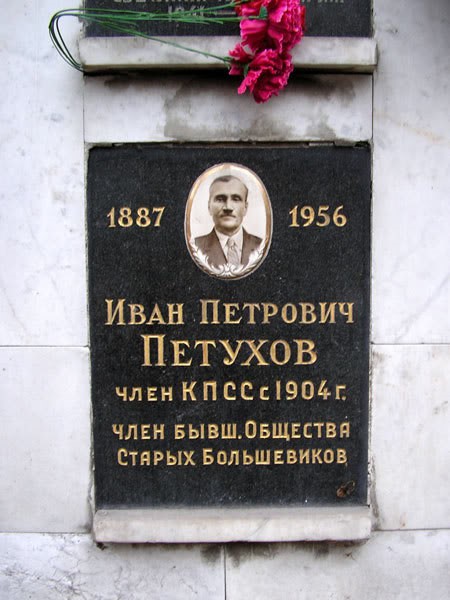The North American culture has developed a special type of masculinity Russia apparently did not. I’d never met so many so assertive men in my life while in Russia. I cannot decide whether I like it or not but apparently you could not confuse the American man.
I don’t know how would a man feel about women there and here, are they different or not; but I expect he would. Naturally, he would.
There was never an idea of the Soviet woman as a housewife, waiting for her husband in a light dress, elegant shoes, and with a nice band in her accurate do. Not to mention pin-up pictures, not to mention journals for men directed solely for boosting their consumptive masculinity, and reconstructing women exclusively as decorated objects. It was not in existence in the Soviet universe. There were no rubrics like “A beautiful woman tells us an anecdote; note that the anecdote told by a beautiful women might not be funny” as The Esquire in Russia now has. There was plenty of the objectification of women and assigning the secondary roles but it was aligned along different power arrows.
In the public Soviet imaginary, the Soviet man, of course, was very masculine. He was a worker with bulging muscles, a builder of the new world, a savior of comrades suffering under capitalism; a learner of Marxism, a peruser of Lenin, a sailor / soldier / geologist; a son, a husband, and a father; a loyal Communist, a pioneer of the remote places, a cosmonaut, an architect of and laborer at the constructions of the century. His sins were few and itself masculine. He might have been a drunkard in his degraded version, in which case he was also a smoker, and was ridiculed and punished by the gentle Soviet satire. As the result of his alcoholism he was also a wreaker of the family and a frail wheel in the production machine. Sometimes he was unfaithful, but his wife was willing to forgive him. And that was all. He could not even to be gay, in the public mythology, or a buyer of prostitute’s services (on a side note, it was prostitutes who were being ridiculed, not the client). In the late Soviet period, as a young and a pretty effeminate man, he might have had a set of sins labeled “the slavelike mimicking of the West”: loving Western music, wearing long hair, jeans; actually buying stuff and enjoying it (omg), like a type recorder or something.
The Soviet woman was also undeniably masculine, feminine though she was as well. Her femininity was not constructed for the consumption of a man, it was intended for the state. She was a mother, or a future mother, no exceptions. She was healthy, had an open smile and good teeth; was robust, strong, capable of playfully doing man’s work. She was also a soldier if needed, but she amounted to a solid, square girlfriend of a soldier too. She did not concern herself with her looks, dresses, or accessories at all; she was beautiful with her brimming youth and excellent health, always eager to play sports, run, swim, fly, and do a set of energizing exercises. Her children were safely fed, put to sleep, woken up, read Marxist books, in daycare; and later taught in schools, joyful, carefree, looking smilingly in the future that their parents were building for them and for the globe, the future that kids themselves were about to embark on building, happily.
The Soviet woman was predominantly white and European-looking; but she did have friends and comrades of color, as did the man. The friendship between the nations was an inevitable part of ubiquitous propaganda. The emblematic image: children united, a white golden-haired boy, a black boy with thick lips, and a vaguely yellow kid of an uncertain gender, with slant eyes.
As an old woman, the Soviet woman was a mournful widower, she lost her husband and likely one of her sons, or her only son, to one of the Wars, but not just any war the USSR led; mother of her grownup children, and grandmother of her grandchildren. She belonged to rurality rather than to urban space. She had her head covered with a kerchief, wore a skirt, and her wrinkled, hard-working hands with spelled veins were always in the objective.
In the last twenty years everything has changed; it was a carefully created and maintained set of myths anyway.
I did not look at the statistics but I would guess American men marry Russian women more often than Russian men marry American women. I don’t know whether Russia is on the leading positions of the list of the countries prostituted by the Americans (the document should include mail-order brides’ statistics). I would guess right after the USSR official collapse, Russia and other former USSR countries jumped high up on such a list, and then gradually dropped to some place in the first half but not in the beginning.
I would expect an American woman is more demanding than a Russian woman. Other stereotypes needn’t be articulated here but probably speak for some conventional truth.


